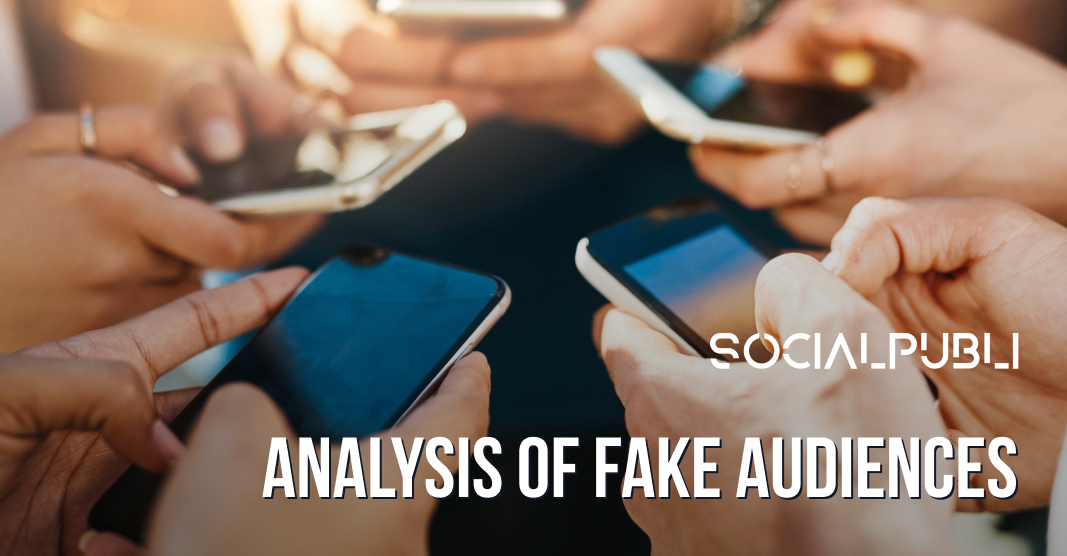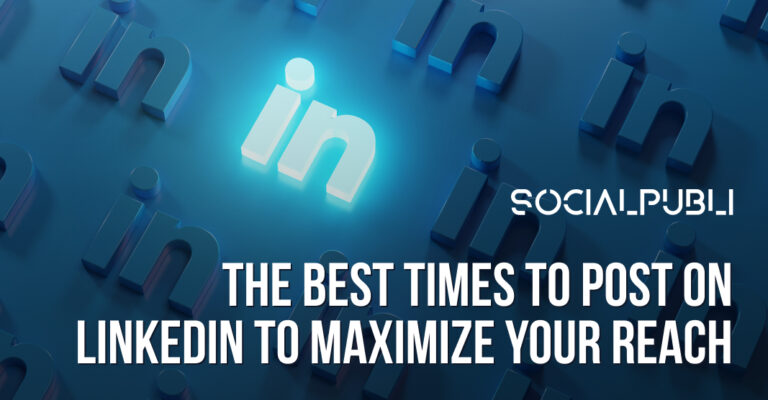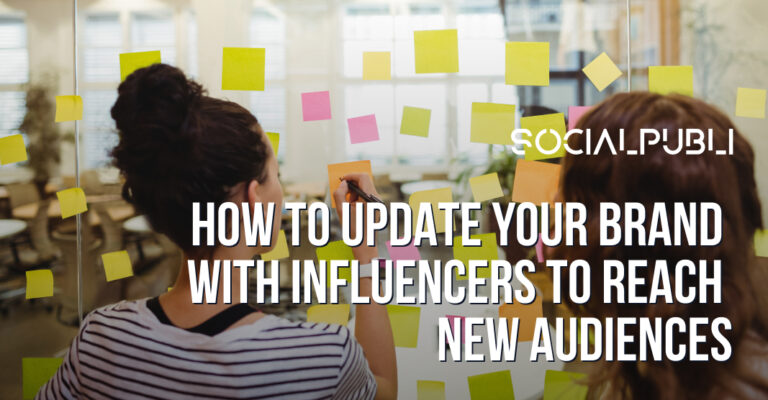In the digital age, the significance of genuine engagement on social media cannot be overstated. With the rise of influencers and brands leveraging these platforms for marketing, the phenomenon of fake audiences—comprised of purchased followers, automated bots, and inflated metrics—has posed a serious challenge. Understanding how to detect these fake audiences is crucial for accurate analysis and effective campaigning.
Understanding Fake Audiences
Fake audiences primarily consist of three elements: purchased followers, which artificially boost follower counts, bots that mimic human behavior for engagement, and inactive profiles used to create the semblance of a larger audience. This inflated presence distorts genuine engagement metrics, affecting Return on Investment (ROI) for marketing initiatives and potentially harming brand credibility.
Common Characteristics of Fake Followers and Bots
Several indicators can help identify fake followers. These include:
-
Profile indicators such as absence of a profile picture or use of stock images.
-
Unclear usernames and minimal post activity.
-
Disparities in the following-to-follower ratio.
-
Patterns of engagement that show either very low interaction or generic comments across posts.
These signs can be detected both through manual methods and with the aid of automated tools.
Manual Detection Techniques
Manual methods for detecting fake audiences involve reviewing follower profiles for authenticity signs and analyzing engagement rates against follower numbers. By checking for suspicious usernames, low engagement, and consistency in follower growth, brands can begin to differentiate between authentic and fake followers.
Automated Tools and Technologies for Detection
To combat the challenges posed by fake audiences, both digital tools and advanced technologies are available. Platforms like Kolsquare, Modash, and InBeat offer solutions to analyze follower authenticity through complex algorithms and metrics. Moreover, advanced AI-driven methods, such as the use of generative adversarial networks (GANs) and large language models (LLMs), have shown promising results in accurately detecting bots and fake accounts.
Limitations and Challenges
Despite the available systems, bot detection remains a challenging task, as bots adapt and evolve. The current detection tools may produce inaccuracies based on outdated training data. Therefore, continuous updates and rigorous testing of detection methods are necessary for maintaining effectiveness in the fight against the false metrics created by bot activity.
Practical Steps for Brands and Marketers
Brands and marketers should conduct routine fake follower audits, emphasizing engagement quality over mere follower numbers. By analyzing various metrics, including follower growth and audience demographics, marketers can make informed choices about potential partnerships. Additionally, using trusted detection tools can help clarify engagement authenticity and support campaign strategies.
Related Insights from SocialPubli Blog
For those interested in further exploration, the SocialPubli blog offers valuable insights on related topics such as how to run influencer audits and increase organic followers authentically. By understanding the impact of fake followers on social media marketing, brands can better strategize their influencer marketing efforts.
In summary, recognizing and addressing the issue of fake audiences is essential in enhancing the integrity of social media metrics and ensuring successful marketing campaigns. By integrating these insights and utilizing the appropriate technological solutions, brands can navigate the complexities of digital engagement in today’s landscape.












